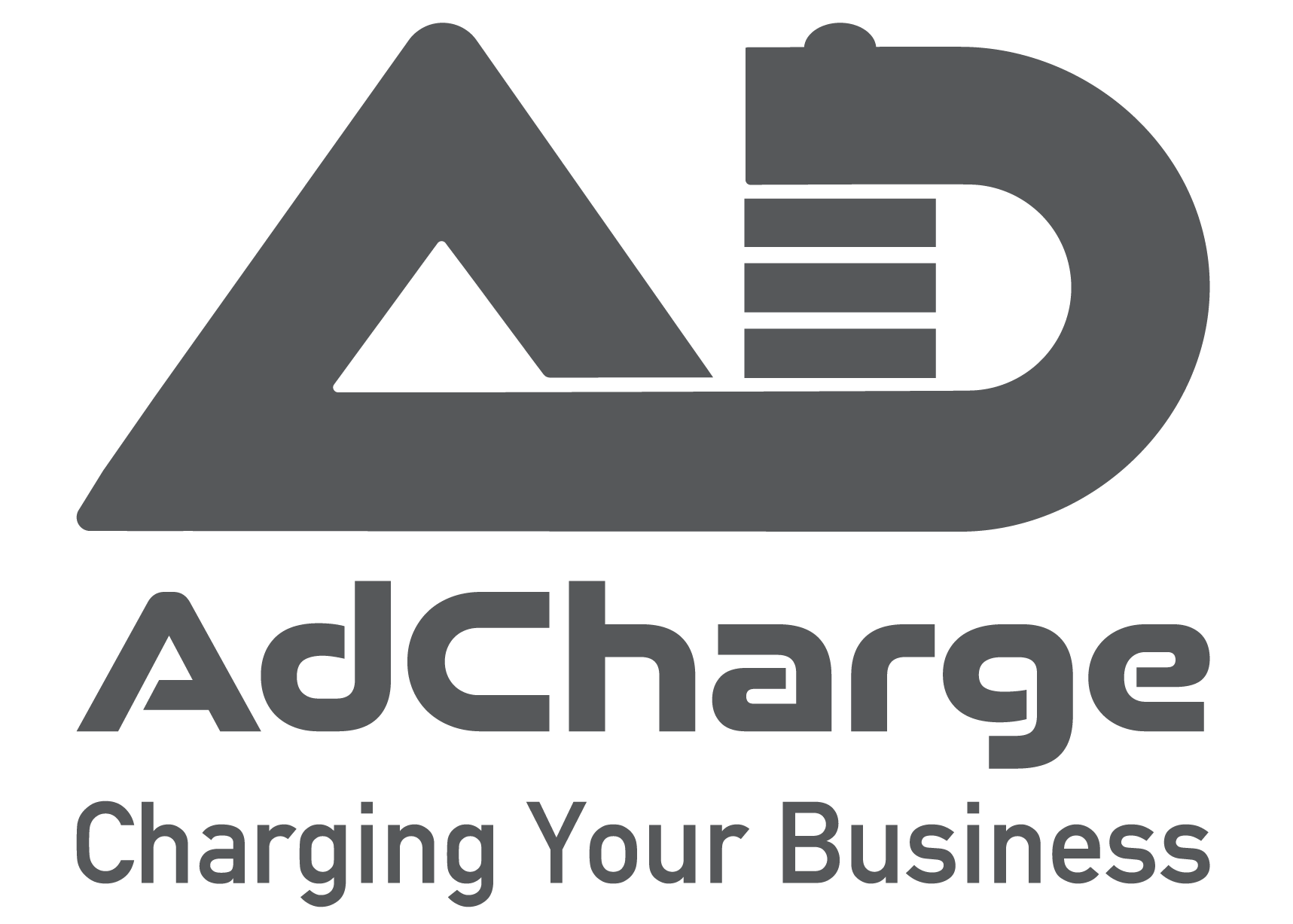

Developing technologies are empowering people in all walks of life. Technologies became an integral part of our daily life as individuals and businesses. The convergence of people, technology, and enterprise is transforming how we live, work, and play.
Interactively procrastinate high-payoff content without backward-compatible data. Quickly cultivate optimal processes and tactical architectures. Completely iterate covalent strategic theme areas via accurate e-markets.
Interactively procrastinate high-payoff content without backward-compatible data. Quickly cultivate optimal processes and tactical architectures. Completely iterate covalent strategic theme areas via accurate e-markets.